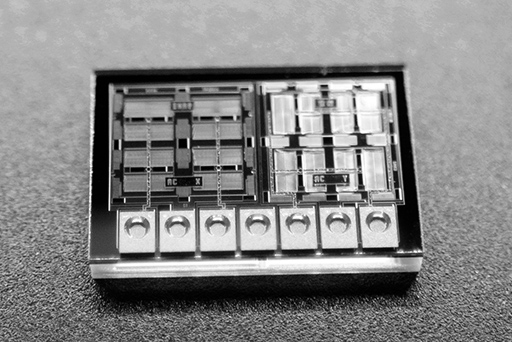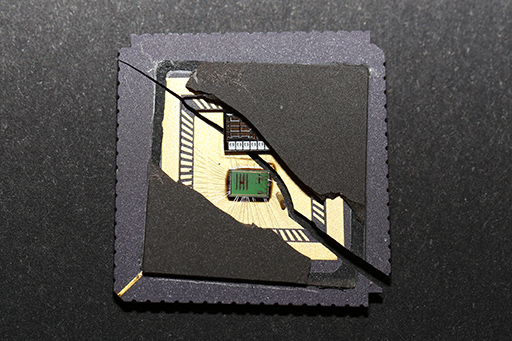Vibration Sensors


Due to their high degree of miniaturization, integration and low manufacturing costs, MEMS vibration sensors have a clear advantage over precision engineering sensors. At present, however, the MEMS sensors available on the market cannot yet meet the requirements of high sensitivity and simultaneously large bandwidth (>> 5 kHz) and detection of all three spatial directions (3D) with the lowest possible power consumption. Furthermore, they often only provide analog signals.
Fraunhofer ENAS is involved in the development of broadband MEMS vibration sensors for various applications. Current sensor systems are suitable for the detection of vibrations with a 5 % bandwidth of 8.8 kHz. Future sensor systems will be designed for a bandwidth of up to 30 kHz. With the increasing bandwidth, the sensitivity of the sensors decreases immensely. In order to meet this challenge, technologies are required that allow ever smaller gap dimensions to be achieved. In addition, the electronics must be designed to be very sensitive and low-noise. To achieve a smooth transfer function the sensors should not have any resonance. This in turn means that the noise contribution of the MEMS cannot be reduced by reducing the pressure but only with a large seismic mass, that means a large structure height. However, this contradicts the demand for very small gaps and is therefore the subject of research and development.
 Fraunhofer Institute for Electronic Nano Systems
Fraunhofer Institute for Electronic Nano Systems